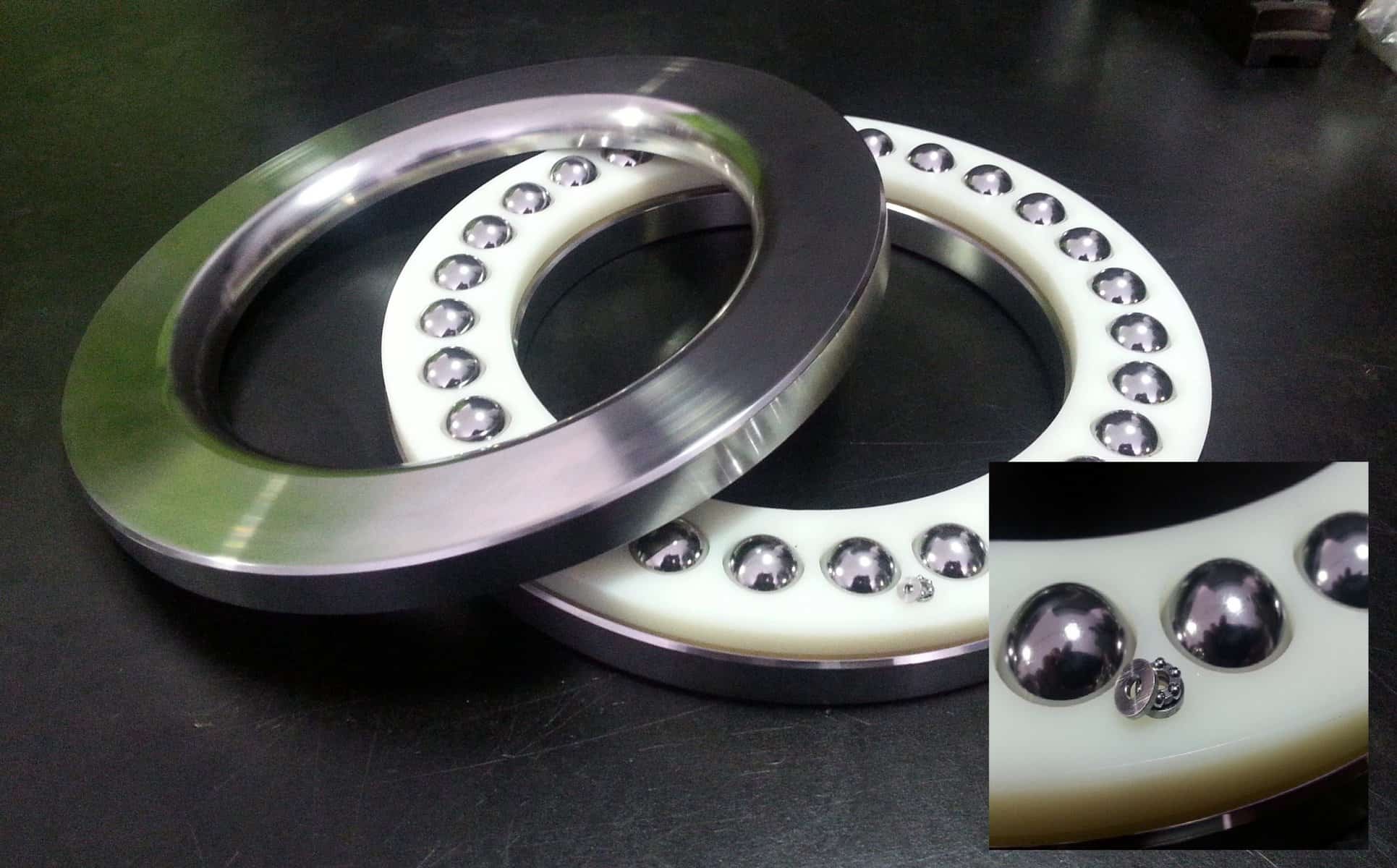Understanding Bearing Failures Imagine factory
Understanding Bearing Failures Imagine factory
Blog Article

Imagine a factory floor where machinery hums in perfect harmony, each component working seamlessly together. Now, consider what happens when a single bearing fails. The result can be catastrophic, leading to costly downtime and extensive repairs. Proper bearing maintenance is essential to ensure that your machinery operates at peak performance. In this guide, we delve into Aubearing's advanced bearing maintenance tips that can help you extend the lifespan of your bearings and enhance operational efficiency.
Understanding Bearing Failures
Before we dive into maintenance tips, it's crucial to understand the common causes of bearing failures. Factors like misalignment, inadequate lubrication, and contamination can drastically reduce bearing life. According to industry statistics, up to 50% of bearing failures can be attributed to improper lubrication practices. Hence, a proactive approach to maintenance can significantly mitigate these risks.
Regular Inspections
One of the most effective ways to maintain bearings is through regular inspections. Schedule routine checks to assess bearing conditions, looking for signs of wear, misalignment, or unusual noises. Tools such as infrared thermography can help detect overheating, while vibration analysis can pinpoint underlying issues. By catching problems early, you can prevent more severe damage and costly repairs.
[IMAGE]
Lubrication Practices
Proper lubrication is the lifeblood of any bearing system. It's essential to select the right lubricant based on the operating environment and bearing type. For instance, ceramic bearings often require specialized greases that can withstand high temperatures and extreme conditions. Regularly check lubrication levels and apply grease as needed, ensuring that it penetrates all parts of the bearing. Over-lubrication can be just as damaging as under-lubrication, so follow manufacturer guidelines for optimal results.
Cleanliness is Key
Contamination is a leading cause of bearing failure, making cleanliness a top priority in maintenance routines. Ensure that the workspace is free from dust, debris, and moisture. When replacing bearings, use tools that prevent contamination and always wash hands or wear gloves to avoid transferring oils and dirt. Implementing a clean environment will not only extend the life of your bearings but also improve overall machinery performance.
Temperature Management
Bearings operate within specific temperature ranges, and exceeding these limits can lead to premature failure. Monitor operating temperatures closely, especially in high-load or high-speed applications. Utilizing thermal sensors can provide real-time data, allowing for immediate adjustments if temperatures rise. If overheating occurs, investigate the cause – whether it’s due to insufficient lubrication, overloading, or environmental factors – and address it promptly.
Training and Awareness
Investing in training for your maintenance team can pay dividends in the long run. Knowledge of best practices in bearing maintenance ensures that all staff are on the same page regarding procedures and standards. Conduct regular workshops or training sessions that cover the intricacies of bearing care, lubrication techniques, and inspection methods. The better equipped your team is, the more effectively they can maintain your equipment.
Conclusion
By implementing these advanced bearing maintenance tips, you can significantly reduce the risk of failures, extend bearing life, and improve operational efficiency. Emphasizing regular inspections, proper lubrication, cleanliness, temperature management, and employee training will create a robust maintenance culture. For more in-depth guidance, be sure to explore Aubearing's advanced bearing maintenance tips and take your maintenance strategy to the next level.
Report this page